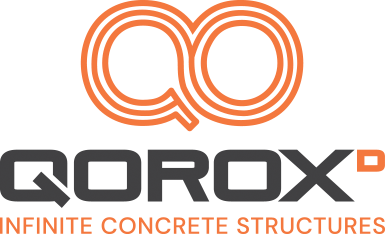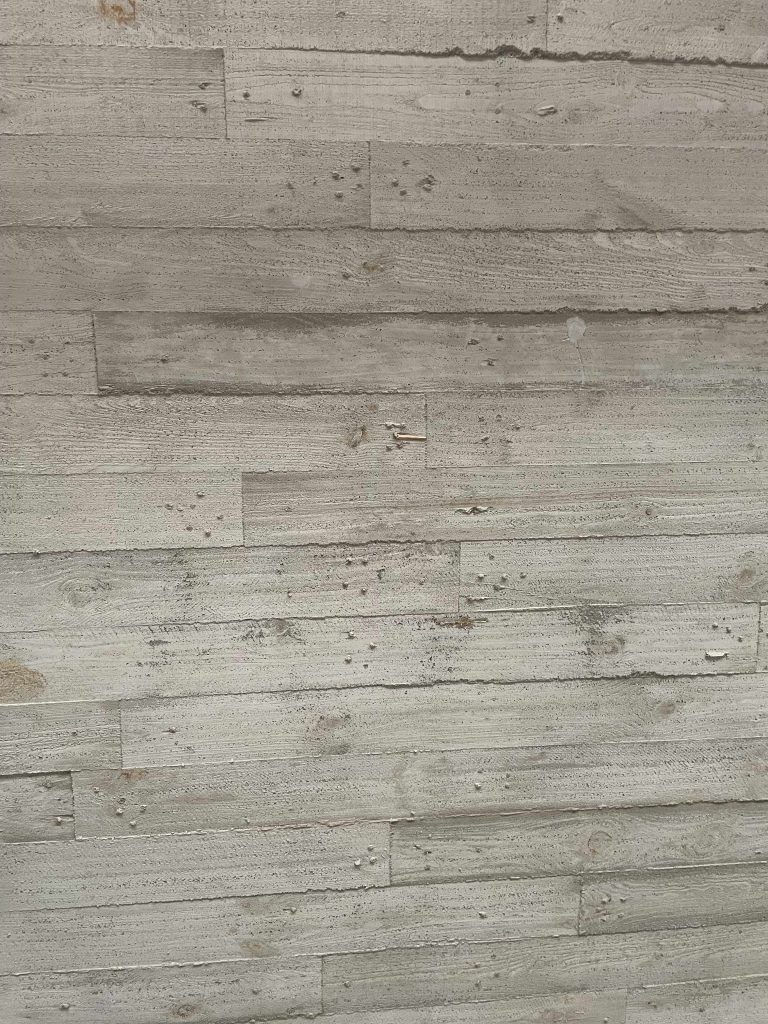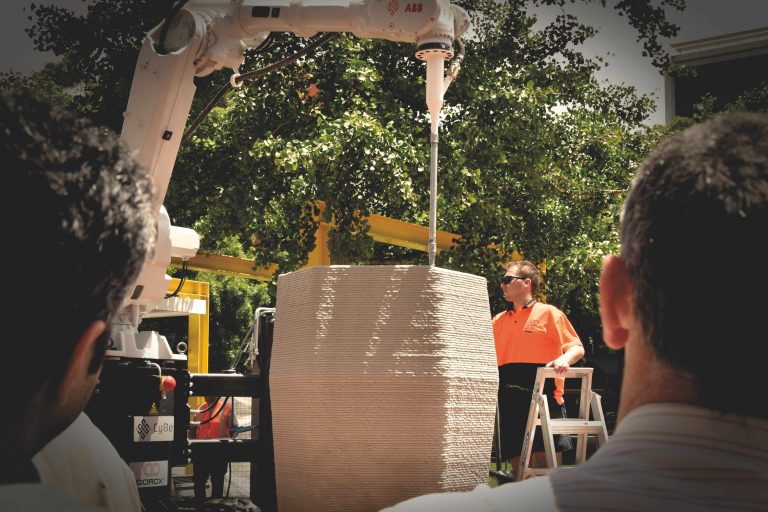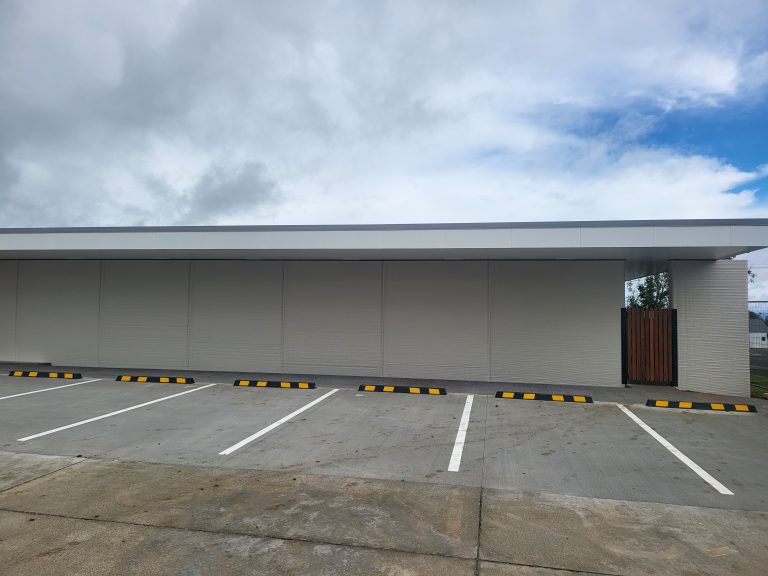/cloudfront-ap-southeast-2.images.arcpublishing.com/nzme/UUJNEH5FUSLFM2AVHJQIQMXQK4.jpg)
The ability to print concrete houses in half the time it would take to construct one by traditional methods is being hailed as one of the possible solutions to saving a New Zealand housing market that is surging out of control.
A key issue of New Zealand’s housing market has been the lack of supply to fill the demand, however Hamilton-based company QOROX, under the leadership of Wafaey Swelim, said they could be part of a bigger solution to fixing the market, and showed off their technology in a public demonstration last Thursday, printing a park bench in just under 45 minutes.
QOROX was established in October 2019 and the company have been focusing on commercialising themselves, however the Covid-19 lockdown put the brakes on that plan in the short term.
The 3D printing robot, imported by QOROX from CyBe Construction in the Netherlands, can build any concrete structure, including houses, commercial buildings, retaining walls, and landscape features such as planters, sculptures and picnic tables.
“We are a little behind in the way we do things with construction in New Zealand not sustainable,” said Swelim.
“We keep on thinking that we have the same solutions, so I looked for a new technology that can help and I came across a video of a machine that could build a house so I researched into that a bit more and this is where I got to.”
Swelim said the technology in Europe had now started to take off from the innovation stage but overall it was still new, and that the print of the park bench with the machine was the first in the southern hemisphere.
“You can print the walls of a concrete house in a week with this machine. You can’t print the roof, there are some traditional elements that need to be hand-built still, but you can have a weather-tight structure within a week.”
Swelim said they still had to comply with New Zealand building standards which included the reinforcement of walls with other materials.
“It is about on par in terms of costing. However we don’t have the economy of scale and the supply chain for the concrete is still being established and councils are still getting their head around the concept of printing a wall because they are not used to it.
“The current methods are already at peak potential. They can’t get any faster but we maybe could.”
The concrete used to create the park bench was specially imported from Europe, and sets in five minutes.
/cloudfront-ap-southeast-2.images.arcpublishing.com/nzme/V4Z7RI63MCTMEBQZA4XIXYSWMI.jpg)
Swelim said Hamilton City Council was very eager to jump on board with the 3D printing.
“He immediately saw the potential in the technology, he saw this was a way we could jump out of the box of the traditional ways we build things right now.”
He said there was a lower demand for manpower with the machine, however because the technology was so new it is hard to find the people to operate the machinery, with engineers being brought in from the Netherlands to help with the building of the park benches.
Company-X director David Hallett, who was at the event, said it was neat to see 3D Printers being used for construction in New Zealand.
“The simplicity is amazing. What I love about this is with things like retaining walls and sculptures it just removes all the costs of building moulds which is incredibly innovative,” Hallett said.
“This now gives us some variance in infrastructure, rather than having to buy the same thing over and over that is done in a mould you can have some level of innovation in what you are doing rather than copy and paste solutions everywhere.”
Hallett was surprised more than 100 people that had turned up to watch the printer work.
“We are talking about a machine printing a park bench in the boiling hot sun and we have over 100 people here, it’s incredible to see the support for innovation.”



